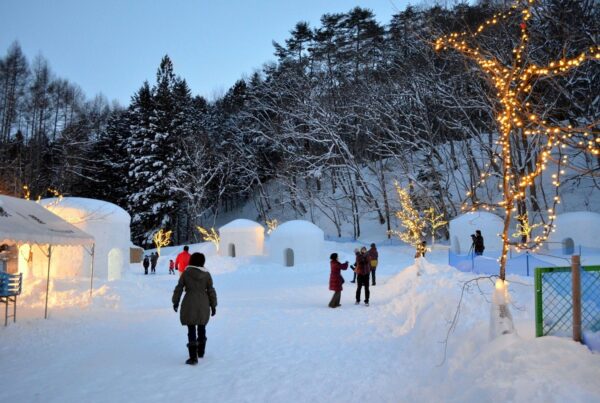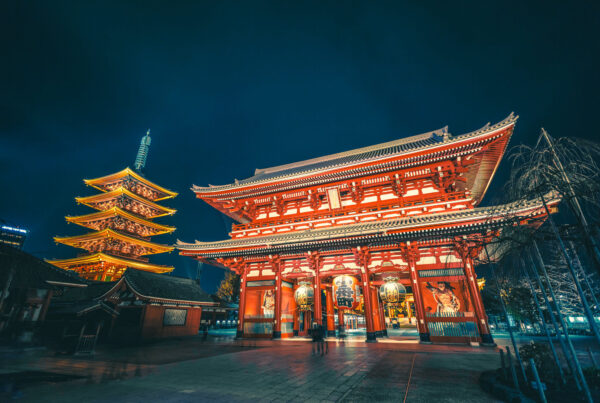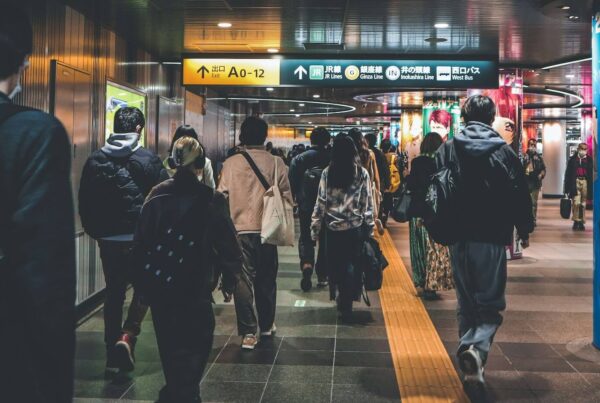10 Must Visit Shrines in Japan – It is hard to describe Japanese shrines with just one word.
Many historical ones are located amidst great natural beauty. However, equally as many are found within bustling downtown streets. The most famous ones are renowned for their eye-catching, vermilion architecture; particular, pagodas and torii gates. On the other hand, the oldest ones are beloved for their rustic, wooden colors.
With over “eight million gods” in Shintoism, memorabilia and charms sold at shrines are strikingly different too. No Ema (wooden prayer plaques) from two shrines will be alike.
In short, Japanese shrines are colorful and atmospheric sanctuaries that integrate beauty, faith, folklore, and even history. Not to visit any when in Japan is to forgot one of the most uniquely Japanese experiences. Partake in the associated rituals at any, and you might even find yourself spiritually rejuvenated.
Table of Contents
Ise Grand Shrine (伊勢神宮)
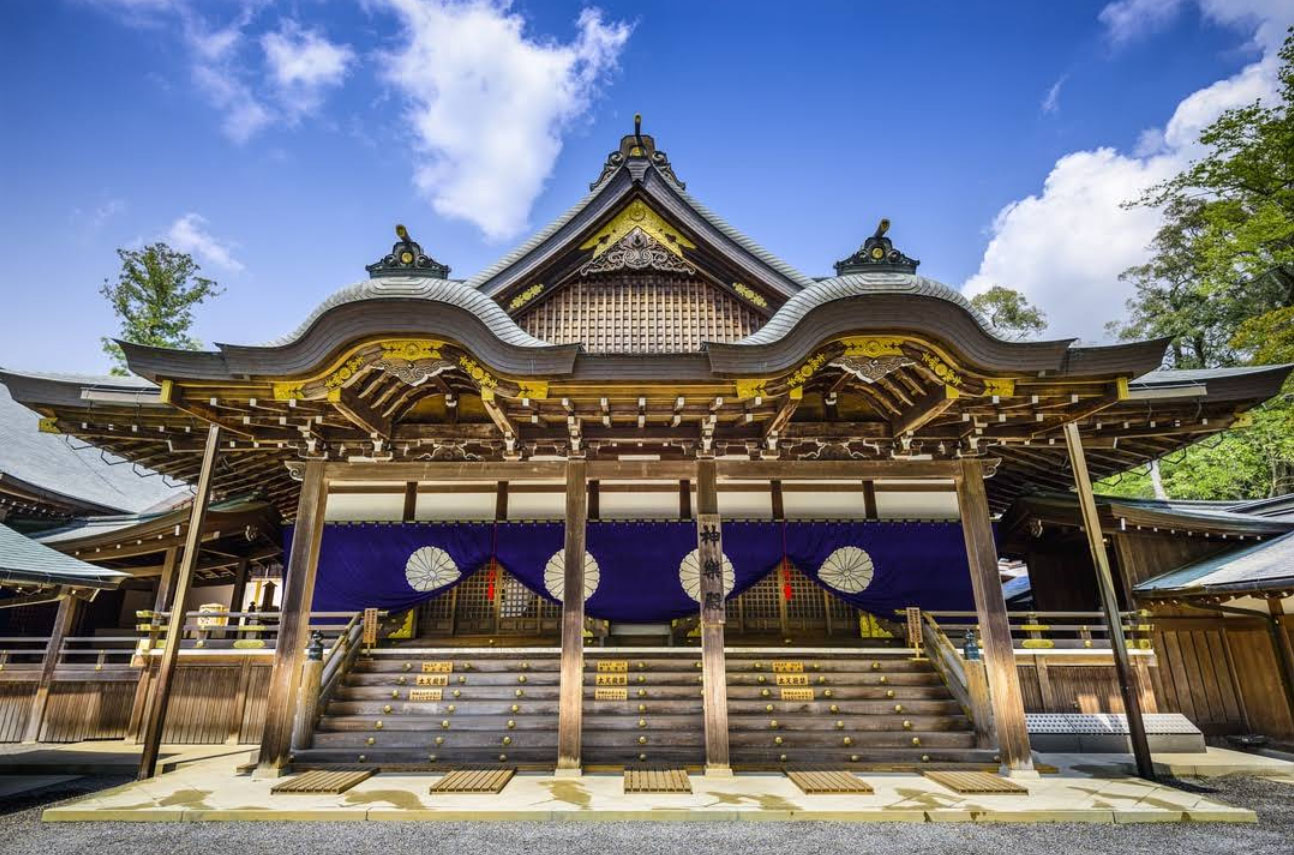
While the main sanctuary is out of bounds, there’s still much to explore at Ise Grand Shrine.
Though neither the most visited nor the most famous Japanese Shrine, Ise Grand Shrine belongs at the start of any list. Because it is so politically and culturally important, and because it is so mysterious.
Mysterious as in no visitors are permitted into the main sanctuary of the Inner Shrine (Naiku). The elegant Naiku, rebuilt every 20 years, also houses the legendary Yata no Kagami mirror, one of the three Imperial Regalia of Japan. No one has seen this mythical artifact for centuries. During Emperor Naruhito’s 2019 coronation, the sacred mirror was but “shown” in a box.
Don’t let the above put you off from visiting, though. While you can’t enter the main sanctuary, the grounds of the Naiku are open to visitors. There is a beautiful wooden bridge and a serene riverside meant for religious purification. There is also a majestic dance hall. 15 minutes away by bus, the Outer Shrine (Geku) is equally lush and great for strolling. For visitors curious about the ritualistic rebuilding process of the shrine, a modern museum here exhibits informative models.
The summary, as long as you don’t mind not seeing Japan’s most mythical treasure, any visit to Ise Grand Shrine will be a rejuvenating experience. The leafy shrine complex could even be described as one of Japan’s best forest parks.
1 Ujitachicho, Ise, Mie 516-0023, Japan
Read also:
Fushimi Inari Taisha (伏見稲荷大社)

For many visitors, Fushimi Inari Taisha is the grandest and most beautiful shrine in Japan.
A red torii gate tunnel that stretches forever. A beautiful lady in gorgeous kimono sprinting down this otherworld tunnel.
Ever seen this image before?
Well, there are several torii “tunnels” in Japan, but none are as famous or as exotic as the ones at Fushimi Inari Taisha. The most important shrine of Inari, the Shinto Goddess of Rice, a walk through these tunnels will, for many travelers, be an experience that they will remember for years.
Note, by the way, that I use the plural form too. There is not just one tunnel at Fushimi Inari Taisha but several covering the hiking trails behind the main shrine. Add to which is also the huge torii at the entrance. And the aesthetically perfect structures of the main complex.
A travel tip. Because of the shrine’s popularity, moving through the tunnels could sometimes be exasperating. You’re forced to stop every few steps because someone ahead is posing for pictures.
There’s no real solution for this. However, this must visit Japanese shrine is open 24 hours. Visiting in the evening could thus sometimes be a better choice. (On top of providing for more ethereal pictures)
68 Fukakusa Yabunouchicho, Fushimi Ward, Kyoto, 612-0882, Japan
Heian Shrine (平安神宮)

Visiting Kyoto’s magnificent Heian Shrine is akin to stepping into the ancient capital’s past. (Source: Facebook)
The capital of Japan for over a thousand years, there is naturally an abundance of beautiful or unusual shrines to visit when in Kyoto.
There’s the easily accessible Yasaka Shrine, famous for its lanterns and entrance gate. Right next to Kiyomizu Temple is also the lively Jishu Shrine, where you would find many Japanese praying for love.
In the northern suburbs, the Kitano Tenmangu Shrine is famous for its seasonal colors.
And then there’s Heian Shrine, constructed in 1895 to celebrate the 1100th anniversary of the ancient capital. More of a downsized imperial palace than a place of worship, this is the Kyoto spot to head for if you can’t get enough of Japan’s signature vermilion architecture. There is even a mini-lake and various groves, these gardens exceptionally picturesque during Sakura season.
And if you’re visiting in late October, rejoice. The shrine hosts a Jidai Matsuri, or medieval festival, every October 22. The parade of courtiers and warriors in traditional costume will complete the illusion that you traveled back in time.
Okazaki Nishitennocho, Sakyo Ward, Kyoto, 606-8341, Japan
Meiji Jingu (明治神宮)
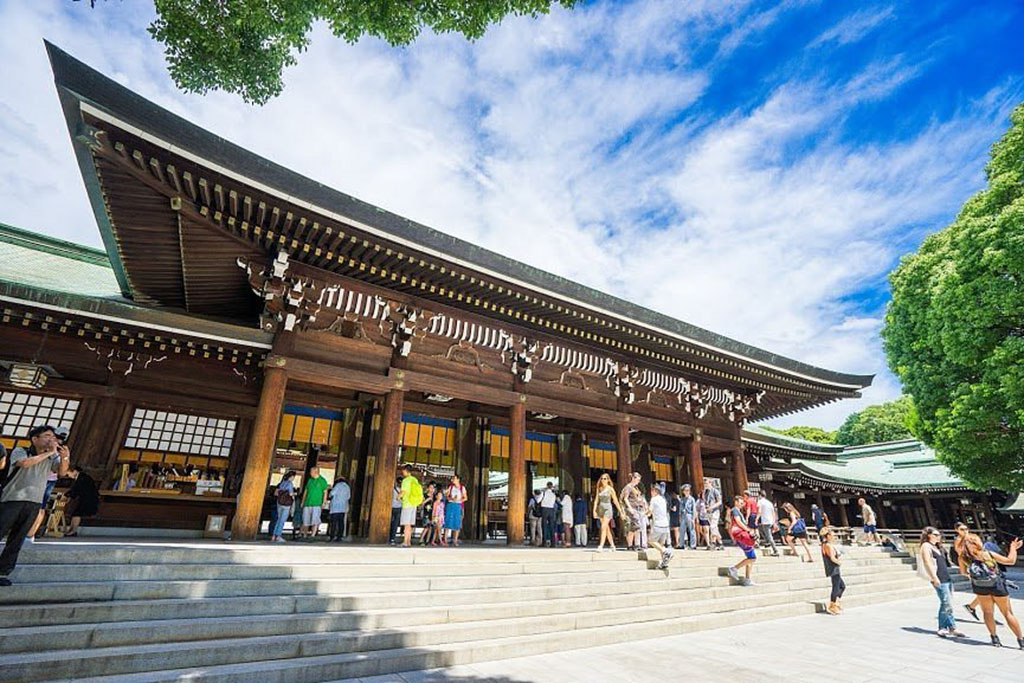
Meiji Jingu honors the emperor that led Japan into the modern world. (Source: Tripadvisor)
Ultramodern Tokyo is home to several popular and photogenic shrines. However, none could be described as must visits for any trip. That is, with the exception of Meiji Jingu.
More of a forest park than a shrine complex, and with the main entrance conveniently near to Harajuku Station, Meiji Jingu is dedicated to Emperor Meiji, Japan’s first modern-era sovereign and the emperor who led the country onto the international stage. A tranquil oasis that will make you believe you’ve left Tokyo, Meiji Jingu is furthermore one of the most popular shrines in Japan. This is the place to be at for Hastumode, or New Year’s Day prayers.
In 2019, a museum was also opened within the grounds to exhibit cultural treasures owned by the shrine. Together with the ticketed Inner Garden, a full visit to Meiji Jingu would therefore require two hours. More if you wish to linger.
Following which, you can stroll across the street to bustling Harajuku with its trendy shops and yummy crepes. Done on a sunny day, there is no better way to experience historical and modern Tokyo within one afternoon.
1-1 Yoyogikamizonocho, Shibuya City, Tokyo 151-8557, Japan
Nikko Tosho-gu (日光東照宮)
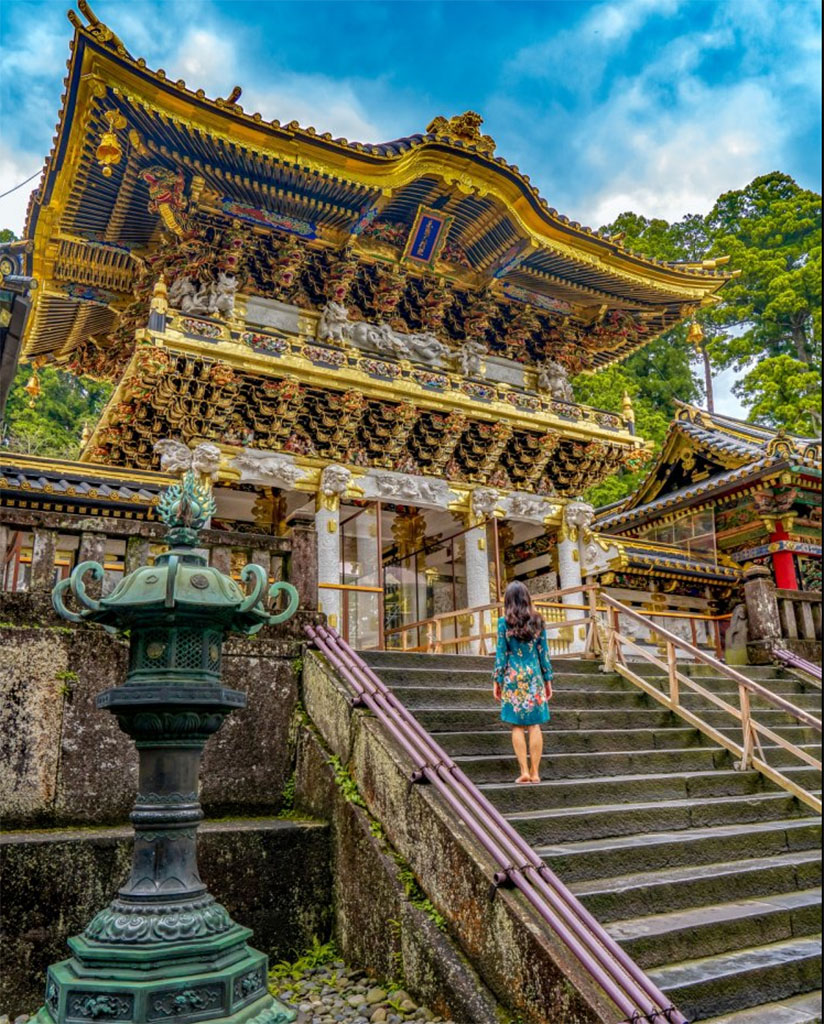
It’s all about over-the-top extravaganze at Shogun Tokugawa Ieyasu’s mausoleum. (Source: Facebook)
A UNESCO World Heritage site and one of the most popular day trips from Tokyo, Nikko Tosho-gu venerates one of Japan’s “newest” gods. Him being none other than Tokugawa Ieyasu, the Shogun who united Japan in 1603 after decades of civil war.
An absolute treasure trove of architectural and cultural treasures, the showpiece of Nikko Tosho-gu is the fantastically lavish Yomeimon, an entrance gate so intricately decorated that one could “gaze at it till sundown.” Other parts of the shrine complex likewise contain elaborate carvings and fittings; even the pagoda here is different from any other. In addition, there is also the nearby Nikkō Tōshogū Art Museum, which hosts traditional art exhibitions.
Travel Tip: Ieyasu’s outrageous shrine/mausoleum is hardly the only attraction of Nikko. There is the historical Rinno-ji temple and two popular theme parks nearby. Further uphill are also the charming natural attractions of Lake Chuzenji. If you wish to enjoy all, some degree of planning is necessary. Or you could consider staying overnight at nearby Kinogawa Onsen.
2301 Sannai, Nikko, Tochigi 321-1431, Japan
Read also:
Izumo Taisha (出雲大社)
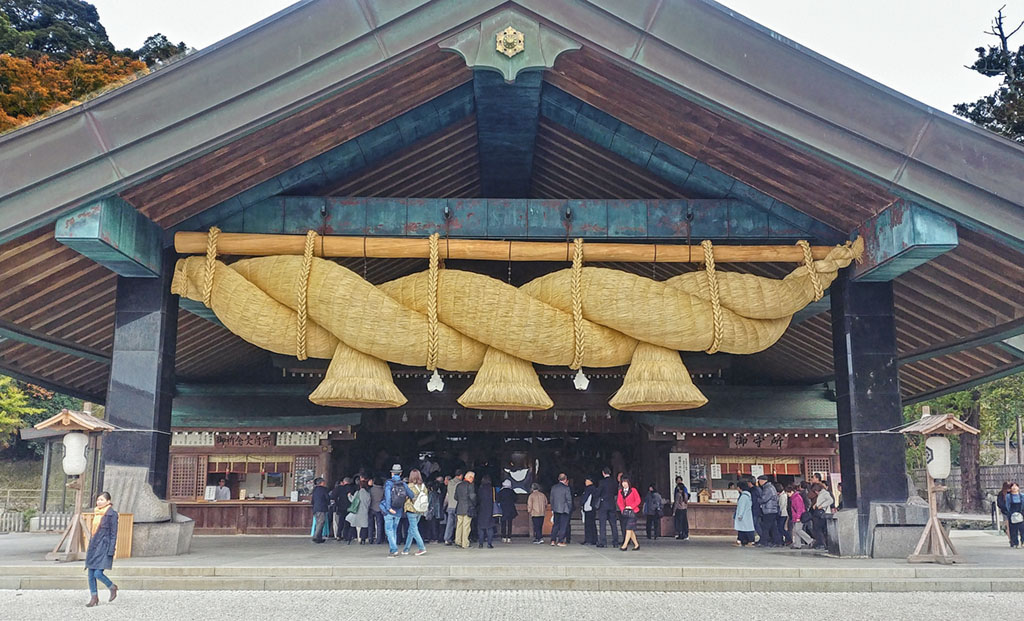
Rustic colors, the promise of life-long love, and a huge rope are the attractions at Japan’s oldest Shinto shrine.
Popular believed to be the oldest Shinto shrine in Japan, sprawling Izumo Taisha is situated at the heart of Japanese mythology. Many keys Shinto myths, including those describing the divine lineage of the Japanese royal family, took place at Izumo.
For travelers, Izumo Taisha provides for a different visiting experience, beginning with how rustic wooden colors are predominant and how Japanese worshippers clap four times in prayer instead of twice; an act of praying for one’s partner. Dedicated to Okuninushi, the Shinto God of Marriage, the grounds are furthermore home to important religious structures. Every October, it is said that all Shinto gods gather at Izumo for an annual conference. Some of these wooden buildings thus serve as accommodation.
Lastly, a modern museum is situated near the cypress walk leading to the shrine. Other than cultural relics, this museum exhibits models of how Izumo Taisha was during ancient times. You will be astonished by the huge stairs that were commonplace back then.
195 Taishacho Kizukihigashi, Izumo, Shimane 699-0701, Japan
Website (Japanese)
Itsukushima Shrine (厳島神社)

Visiting Itsukushima Shrine during low tide hours is not as scenic, but you can get up close and personal with the great torii.
Here’s another classic Japanese image you’re likely well familiar with! That of a huge red torii floating on water.
The most famous of the celebrated Three Views of Japan, the huge floating torii gate at Miyajima is part of Itsukushima Shrine, one of the most visited Shinto shrines in Japan. Believed to be established in AD 593 and expanded in the 12th century, the pier-like main complex is markedly unlike most other shrines in Japan too. Walking down the aisles is akin to visiting sea-facing village.
What’s more, you can even stroll up to the great torii during low tide hours. The gate doesn’t actually float, of course, it’s built on coastal land. Miyajima Island itself is additionally home to several other attractions, which you can spend an entire day exploring.
Of note, with ferry services available till late, it is quite possible to visit Miyajima in the evening. You wouldn’t be able to enter the grounds of this must-visit Shrine after sunset. But to be able to view the illuminated great torii under evening stars is a surreal experience you wouldn’t soon forget.
1-1 Miyajimacho, Hatsukaichi, Hiroshima 739-0588, Japan
Kushida Shrine (櫛田神社)
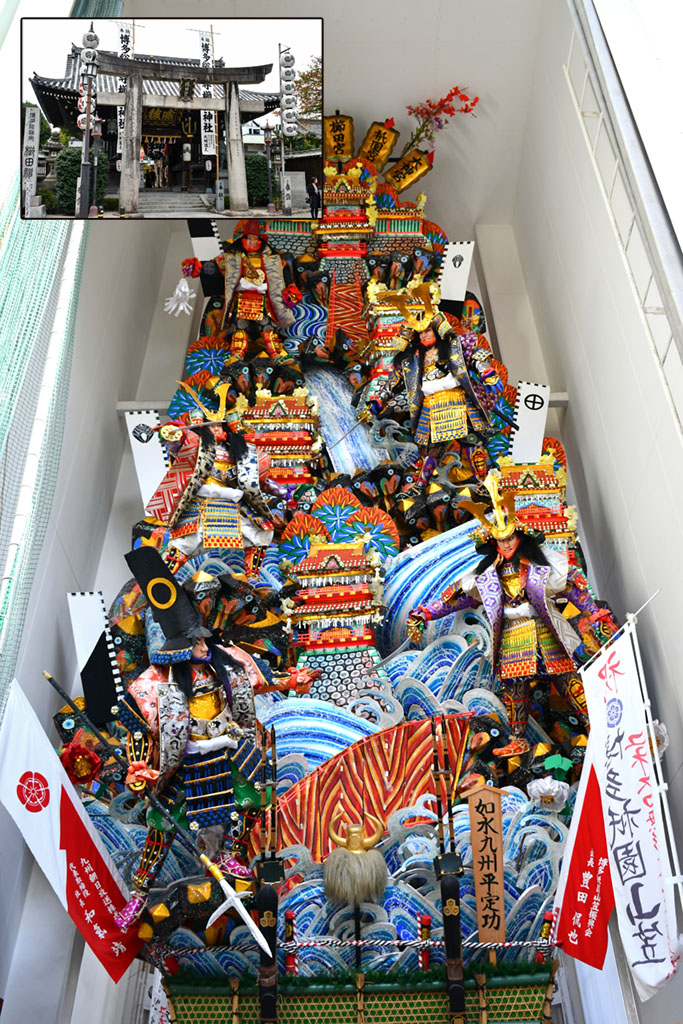
The Kazari Yamakasa of Kushida Shrine is an absolute wonder to behold.
Fukuoka City’s Kushida Shrine is compact. It is also surrounded by drab, modern concrete buildings.
But step within and you will immediately realize nothing about this thousand-year-old shrine is small.
For a start, Kushida Shrine is the birthplace of the Hakata Gion Yamakasa, one of the most anticipated, most vibrant, and most colorful summer festivals of Japan. Next to the main complex is also a soaring Kazari Yamakasa, this being an incredibly ornate, towering static float. Such towers are inseparable from the festival and an absolute wonder to behold.
If you’re confident of your physical prowess, you could try the Chikara Ishi, or strength stone, at the rear of the shrine too. Originally a method of divination, the act is now purely a test of strength. (Use only using the stone with the characters 試石 on it)
Finally, every end January to February 3 sees the entrance covered with a huge Otafuku mask. A lead-up to the Setsubun festival, passing through the mouth of this smiley, plump-face female mask is believed to bring great luck. The peculiar sight of the mask with its “welcoming” mouth will surely make you guffaw too.
1-41 Kamikawabatamachi, Hakata Ward, Fukuoka, 812-0026, Japan
Website (Choose language option from dropdown Google translate menu)
Dazaifu Tenmangu (太宰府天満宮)

Struggling with failing grades? Kyushu’s Dazaifu Tenmangu is the must visit shrine to head to!
The story of Sugawara no Michizane is a classic one. Full of tragedy, fear, and twists.
A 9th century Heian Era scholar, Sugawara died miserably after he was exiled by political rivals. Following his passing, Japan was besieged by calamities. Even the Imperial Palace was repeatedly struck by lightning.
Convinced that Sugawara’s angry spirit was punishing Japan, the Imperial Court then constructed Kitano Tenmangu (see above) to appease him. Decades later, the scholar was even deified as the Shinto God of Learning, with Tenmangu shrines soon appearing all over the country.
Jump forth to today, the most famous and popular Tenmangu shrine is that at Daizaifu; the Kyushu town, incidentally, where Sugawara was banished to. Ornate, atmospheric, and full of wishful students all year long, the shrine makes for a perfect day excursion from nearby Fukuoka City. The lovely grounds frequently play host to special events too. For example, Chrysanthemum exhibitions in Autumn.
As the previous administrative office of Kyushu, Daizaifu itself is full of other sights, including one of the most uniquely designed Starbucks outlets. A short walk from Dazaifu Tenmangu is also the Kyushu National Museum. After praying for academic success at the popular shrine, you can thoroughly explore Japanese history at this ultramodern museum.
4 Chome-7-1 Saifu, Dazaifu, Fukuoka 818-0117, Japan
Udo Jingu (鵜戸神宮)

Connecting with the endless blue ocean at Udo Shrine. (Source: Google Maps)
All the way down south in sunny Miyazaki Prefecture, Udo Shrine offers a different visiting experience compared to all other must visit shrines on this list.
Rather than situated among verdant greenery, Udo Shrine was built on a craggy cliff facing the Pacific Ocean, with the main shrine within a cave. Here, you connect with the other great miracle of the natural world. That of the vast, life-giving ocean.
Dedicated to the mystical ancestors of the Japanese emperor, and a popular prayer spot for easy childbirth, Udo Shrine is additionally famous for two unusual attractions. You can try to toss clay balls (undama) into a distant target for good luck. You can also buy candy made from the water dripping inside the main cave. This candy is believed to be beneficial for expecting mothers.
As for access, Udo Jingu requires some time to reach by bus from Miyazaki City but the route is scenic and straightforward. Along the way, you can also visit the other must visit attractions of the prefecture. For example, Aoshima and Sun Messe Nichinan.
3232 Miyaura, Nichinan, Miyazaki 887-0101, Japan
Other Beautiful Shinto Shrines to Visit in Japan
Nezu Shrine, Tokyo: Not only is this serene shrine one of the oldest in Tokyo, there are torii paths and an Azalea garden too.
Kotohira-gu: The most famous and popular shrine in Shikoku is a challenge to reach; it’s 785 steps to the main complex, 1368 steps if you wish to explore the Inner Shrine. However, the lower steps are flanked by shops and cafés. At the main complex, there’s also the unusual display of a historical submarine.
Sumiyoshi Taisha, Osaka: One of the most popular spots in Osaka for Hatsumode, spacious Sumiyoshi Taisha has various beautiful buildings, a stone lantern path, and a gorgeous arched bridge.
Kumano-Nachi Taisha, Nachikatsuura: Part of the historical Kumano Sanzan shrines, Japan’s tallest waterfall cascading beside a splendid pagoda will have you scrambling for your camera.
Be sure to follow us on Facebook, Instagram, Twitter, and Pinterest for more fun stuff! Matane!

Ced Yong
A devoted solo traveler from Singapore who has loved Japan since young. His first visits to the country were all because of video game and Manga homages. Today, he still visits for the same reasons, in addition to enjoying Japan’s culture, history, and hot springs.







